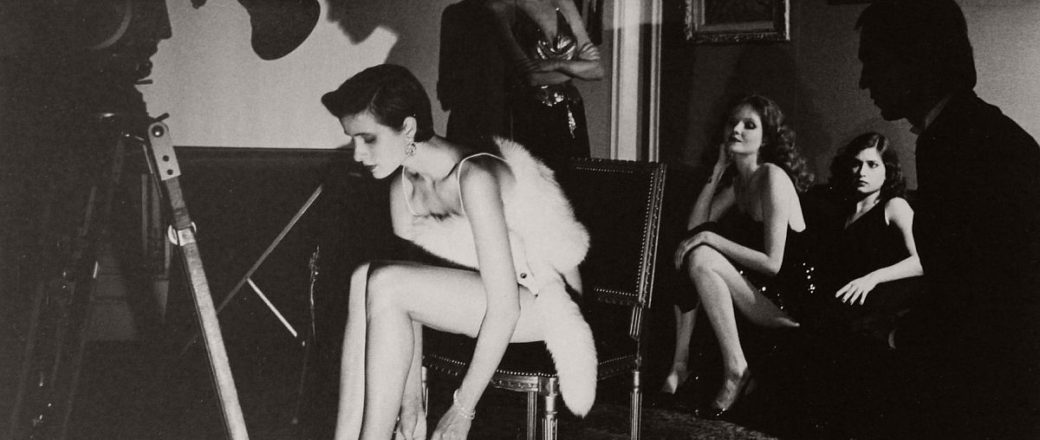
NIGHTS IN WHITE SATIN: Carlo Mollino & Helmut Newton
What connects the lascivious intimacy in the pictures made during the 1940’s by Carlo Mollino, baroque genius and free spirit, and the modern amazons glorified by Helmut Newton in their provocative eroticism during the 1980’s? The woman, muse in all the splendour of the naked body she offers to the world. Through eighteen vintage prints, SAGE Paris proposes a quick history of nude and of its evolution, from confidential images made in the 1940’s Italy, to cold stylized shots, inspired by fashion photography in the 80’s.
Carlo Mollino is one of the most fascinating artistic spirit of his time. Known in his days for his designs and his architecture, as well as his sporting achievements, the public discovers after his passing in 1973 hundreds of photographs he made and hid throughout his career. This discovery pleased and stunned amateurs, and revealed another facet of both the man and the artist.
His most famous photographs are those produced during the 1960’s, Polaroids with wilted colours, representing young women, dressed or not, wearing accessories, wigs and costumes, and lecherously gazing at the camera. These women have been said being students, girlfriends, dancers, prostitutes, beauties of Turin’s night life who had been seduced and photographed taking off their clothes, in Mollino’s familiar environment. Indeed, folding screens, mirrors, beds, curtains, chairs and the other furniture, are those of the villa Zaira and in via Napoleone in Turin, his last residency, arranged as an Egyptian pyramid to welcome him after his death, and whose furniture and decorative elements appear in some of the photographs. The Polaroids, with a specific baroque and obsolete atmosphere, like that of a boudoir, are very well-thought. Composition, light, are reviewed, and the images itself are softened to correspond to Mollino’s female ideal. The colours are mostly dull tints but remain smooth, the erotic poses are counterbalanced by the model’s almost angelical airs. Sculptural in minimalistic decors, the models are sublimated, and the ironic opulence of the setting offers a great contrast with the indecency of the photographs. That contrast perfectly expresses Mollino’s very precise aesthetic, made of oppositions; between shadows and light, refinement and baroque, esotericism and sensuality.
As soon as the 1930’s, before beginning the famous Polaroids, Mollino already produced similar photographs, within his successive houses and apartments, like the Casa Miller (1936), Casa Devalle (1939-40), villa Zaira (1968). In the first, he photographs young women with accessories like a large white horse head, draperies or mirrors. Some of these photographs would be published in 1949 in his “Il messaggio dalla camera oscura”. Later photographs, in the 1950’s, are more licentious. Women – students, friends, dancers, prostitutes – undress, half-amused, half-bold, under the eye of the viewer. Humour and game are part of these images, in spite of the frankness and the crudeness of the offered bodies, of the abandoned faces. Breaking the perspective through a multiplication of mirrors, curtains and panels, he dissolves the real space to create an indefinite place of great expressive power, mingling raw materials and soft silky flesh. Indeed, in his nudes, both black and white and colour, the model and her environment are tightly related, in a sensual and expressive relationship. Photography remains for Mollino a very personal action, where he expresses his attachment to themes like architecture, ski, cars, or women. It even seems that these themes overlap each other, furniture being inspired by women’s curves, as well as women bodies dilute in the curves of the chairs and tables he had designed. Every medium, every discipline, is nourished by the others to increase Mollino’s expressive qualities. In architecture, design, or photography, his oeuvre is always a hybrid, result of mixing influences, and in the case of photography, result of a careful process from the darkroom to retouching and photo-montage.
Carlo Mollino was born in Torino in 1905. Son of an engineer, he is very soon interested by artistic subjects, design, architecture, occultism, and antique cars. He studies history of art in Ghent, then engineering and architecture at the University of Torino. In 1931, he begins working in his father’s architectural firm. Very versatile and multi-skilled, he works as an architect for the Teatro Regio or the Società Ippica Torinese, he designs some very refined furniture, and is also a stylist, set designer and writer. He is also a famous skier, an acrobatic pilot, and runs some car races, for example the 24H of Mans in 1954, in the “Bisiluro” he designed himself. Finally, he is also a photographer, taking shots of architectures and the interiors of the houses he had designed, as well as women, mostly in lascivious and erotic poses. He began photography as soon as the 1930-40’s, and uses Polaroid very early. Between 1962, and his untimely passing in 1973, he would product around 1300 Polaroid, and more than 2000 photographs during his whole life. Recently, his works were exhibited in the Nederlands Architectuurinstituut (Rotterdam, 1990), Hamiltons Gallery (London, 2003), MAXXI Museo Nationale delle arti del XXI secolo (Roma, 2006), Galleria Civica d’arte Moderna e Contemporanea – Castello di Rivoli (Turin, 2007), Kunsthalle (Wien, 2011), Haus der Kunst (München, 2011), Gagosian Gallery (New York, 2014), CAMERA – Centro Italiano per la Fotografia (Turin, 2016), Galerie SAGE (Paris, 2016). His works are in public collections such as the Centre Georges Pompidou (Paris), Victoria & Albert Museum (London), Brooklyn Museum (New York), Centre Candadien pour l’Architecture (Montreal), Vitra Design Museum (Weil am Rhein), Musée des Beaux-Arts de Montréal, Museo Alinari (Firenze).
Helmut Newton is a major photographer, whose style overwhelmed fashion imagery like no other before. Portraits, nudes, fashion photograph, are the main focus of his works, and the three themes interweave, fashion photography mingling with nudes and erotic portraits. For Newton, moreover, the nature of fashion photography itself is to produce something else than fashion photography “I still believe that the perfect fashion photograph is a photograph that does not look like a fashion photograph. It’s a photograph that looks like something out of a movie, like a portrait, maybe a souvenir shot, maybe a paparazzi shot, anything but a fashion photograph”.
Yet, if a good fashion photograph looks very much like art, Newton will always refuse to consider his own work as artistic “Some people’s photography is an art. Mine is not. If they happen to be exhibited in a gallery or a museum, that’s fine. But that’s not why I do them. I’m a gun for hire.” His work is that of a mercenary, proposing his knowledge and mastery to other’s business. The clients he works for are major magazines, like Vogue (together French, Italian, American, Australian, English and German issues), Elle, Playboy, Marie-Claire, Queen, Nova, Oui, or Vanity Fair. Through these magazines, which largely spread his pictures, he deploys his vision, his style, and his idea of Women.
Indeed, the central point of his work is the Woman, described as strong, determined, proud of her body and statuesque in her nudity. The Big Nudes are emblematic of this powerful, cold, distant, strict woman exposing herself with assertiveness, as a dare and a statement. In Newton’s photograph, where eroticism is omnipresent, the female body claims itself, dominative and provocative, sending the viewer back to his voyeur status. Indeed, to Newton “If a photographer says he is not a voyeur, he is an idiot”. The most controversial intimacy is laid out, free from social conventions, but made acceptable thanks to the distant, slick treatment of the picture, its refined composition, and the awe deification of the woman. Voyeurism, fetishism, sado-masochism, sophism, and sexual desire of every form, are mingling with a hybrid aesthetic, influenced by the 1930’s surrealist pictures of a latent and dark eroticism, as well as photojournalism and the New Wave, all these influences creating innovative photographs, and a highly stylized and unconventional interpretation of a privileged way of life, both decadent and elegant.
Free from any taboo, relentlessly challenging the limits of what is socially acceptable, and of the genre roles with his dominative, dangerous women, statuesque amazons with a powerful and free sexuality, The King of Kink seduced his contemporaries, making a name also out of the fashion erotic circle. He would produce portraits of such personalities as Margaret Thatcher, Salvador Dali, David Bowie or Charlotte Rampling, whose pictures marked by their simplicity and honesty. This also shows another face of the photographer, whose contentious works not only played with the codes of eroticism, but also initiated a liberation in a less show-off way, being at the origin of the mythic picture of Yves Saint Laurent’s Smoking, where women empowerment also goes through a subdued androgyny.
Born in Berlin in 1920, under the name of Helmut Neustädter, Helmut Newton studied to the Berlin American School, before doing an apprenticeship with the famous photographer Yva (Else Ernestine Neuländer-Simon) who created dreamlike portraits and nudes for the fashion industry. Newton worked in Singapore, Australia (and took the Australian nationality in 1946), and then settled in Paris in the 1960’s, where he produced fashion photographs for magazines such as Vogue or Elle. Following a successful career in commercial and fashion photography, he settled his first solo exhibition in 1975, and in 1990 was awarded the French “Grand Prix national de la Photographie”. He passed away in 2004 in Los Angeles, few months after creating the Helmut Newton Foundation. Recently, his works have been exposed in the Neue Nationalgalerie (Berlin, 2000) on the occasion of his 80th birthday retrospective, which travelled in London, New York, Tokyo, Moscow or Prague. His works have also been featured in exhibits in the Hamiltons Gallery (London, 2009-2011), Grand Palais (Paris, 2012), Newton Foundation (Berlin, 2012-14-15), Foam Fotografiemuseum (Amsterdam, 2016), Helmut Newton Foundation (Berlin, 2016), Casa dei Tre Oci (Venice, 2016). His work is mainly owned by the Helmut Newton Foundation (Berlin).
Carlo Mollino & Helmut Newton
NIGHTS IN WHITE SATIN
9 February – 8 April 2017
SAGE Paris
1 bis, avenue de Lowendal
75007 Paris
www.sageparis.com

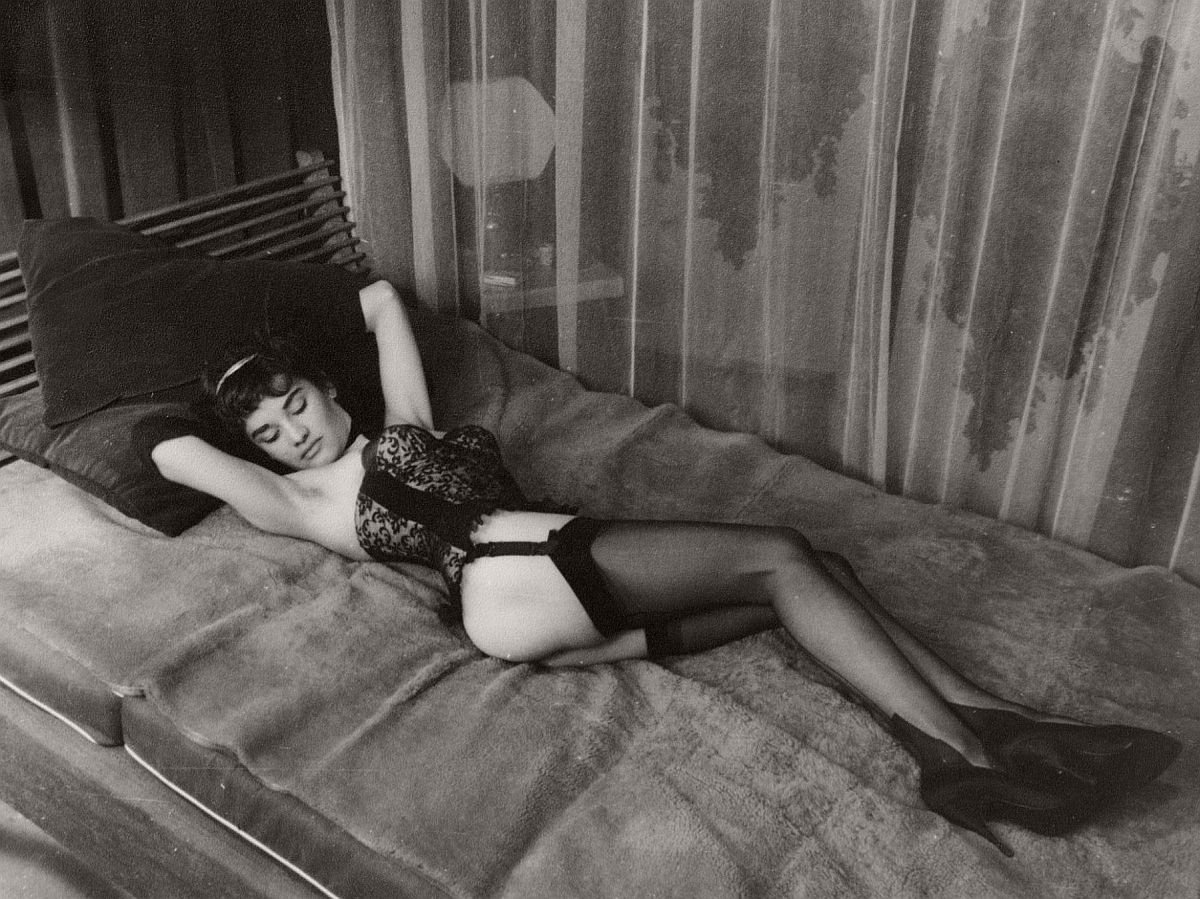
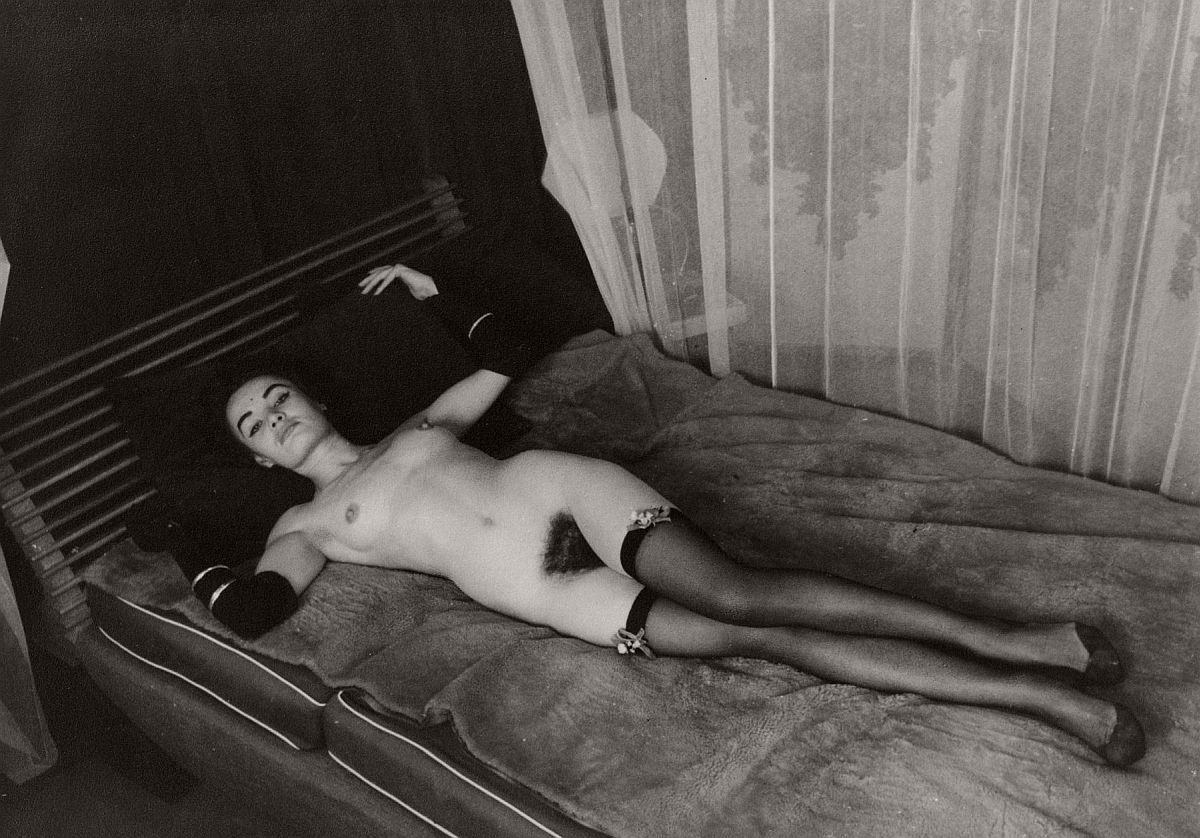
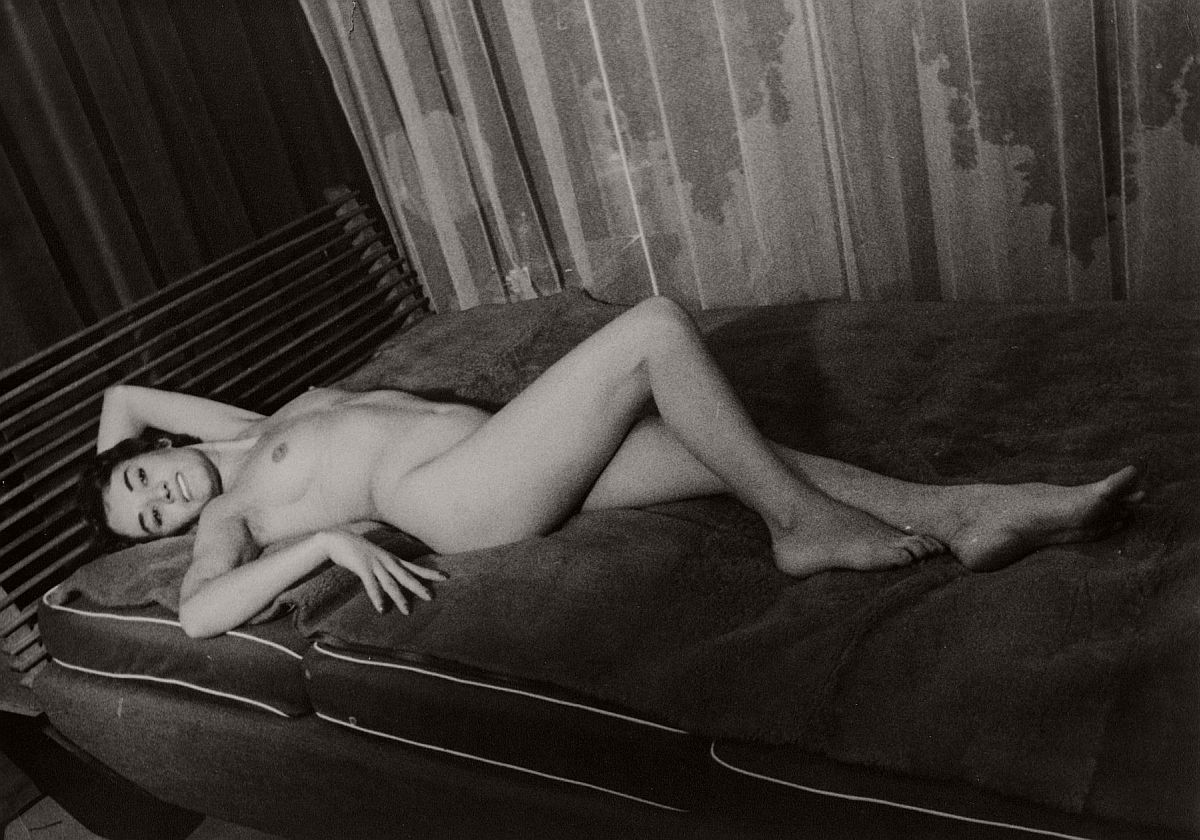
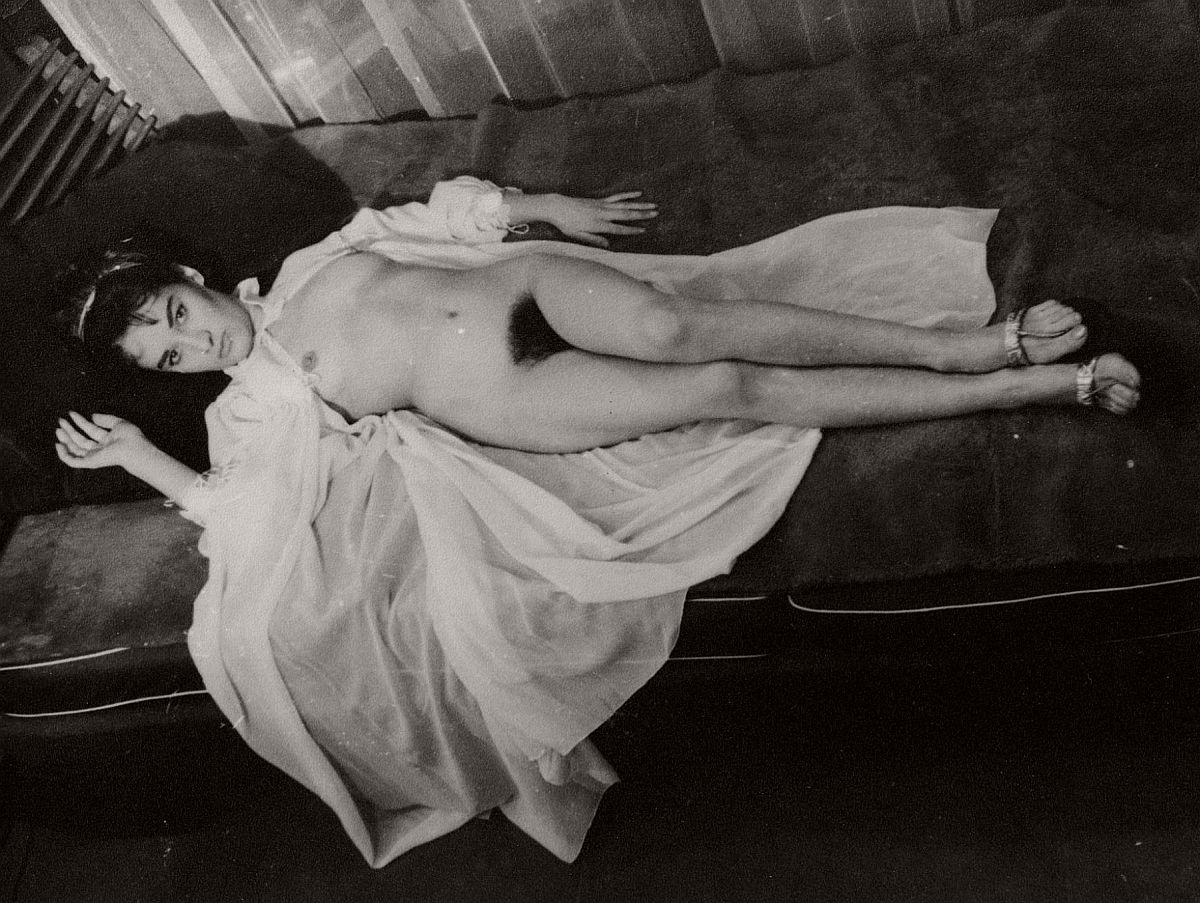
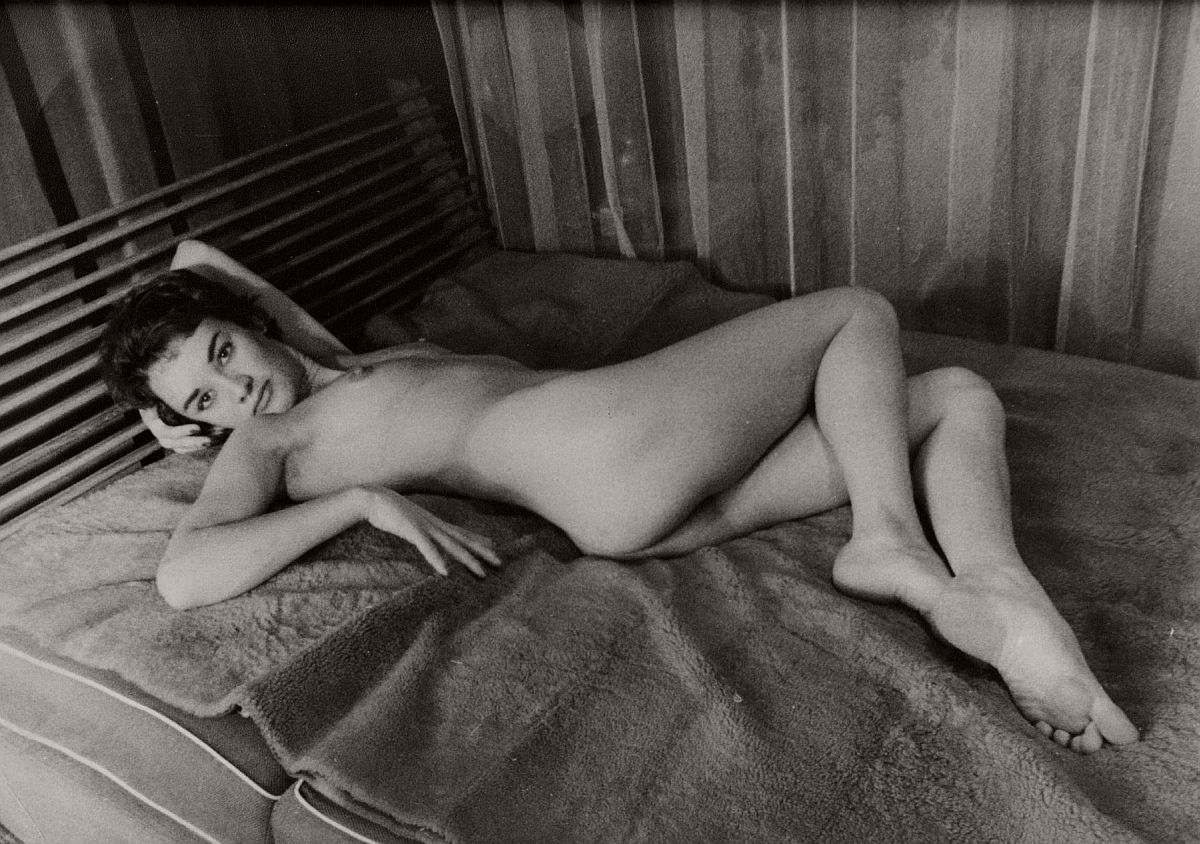
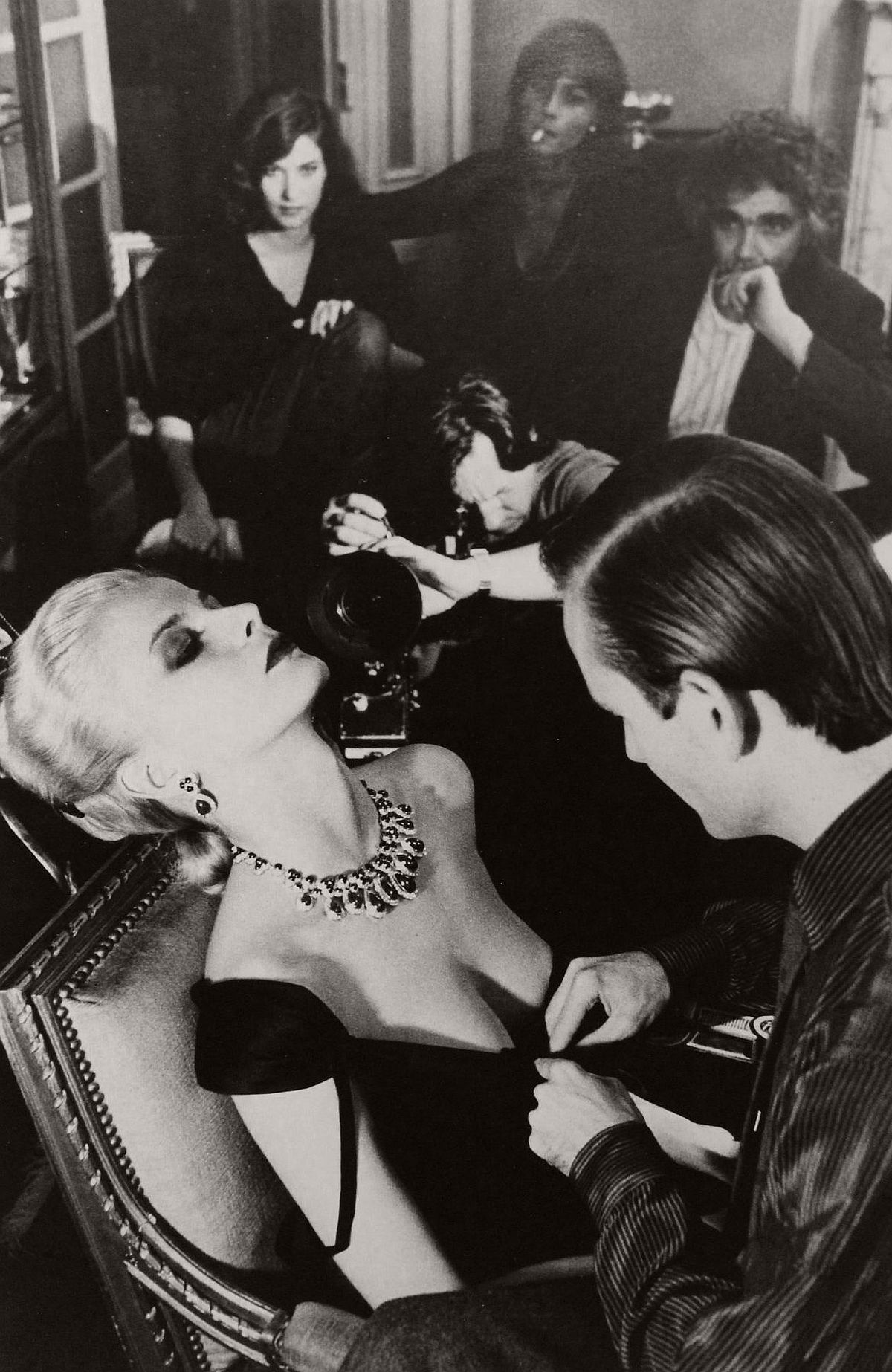
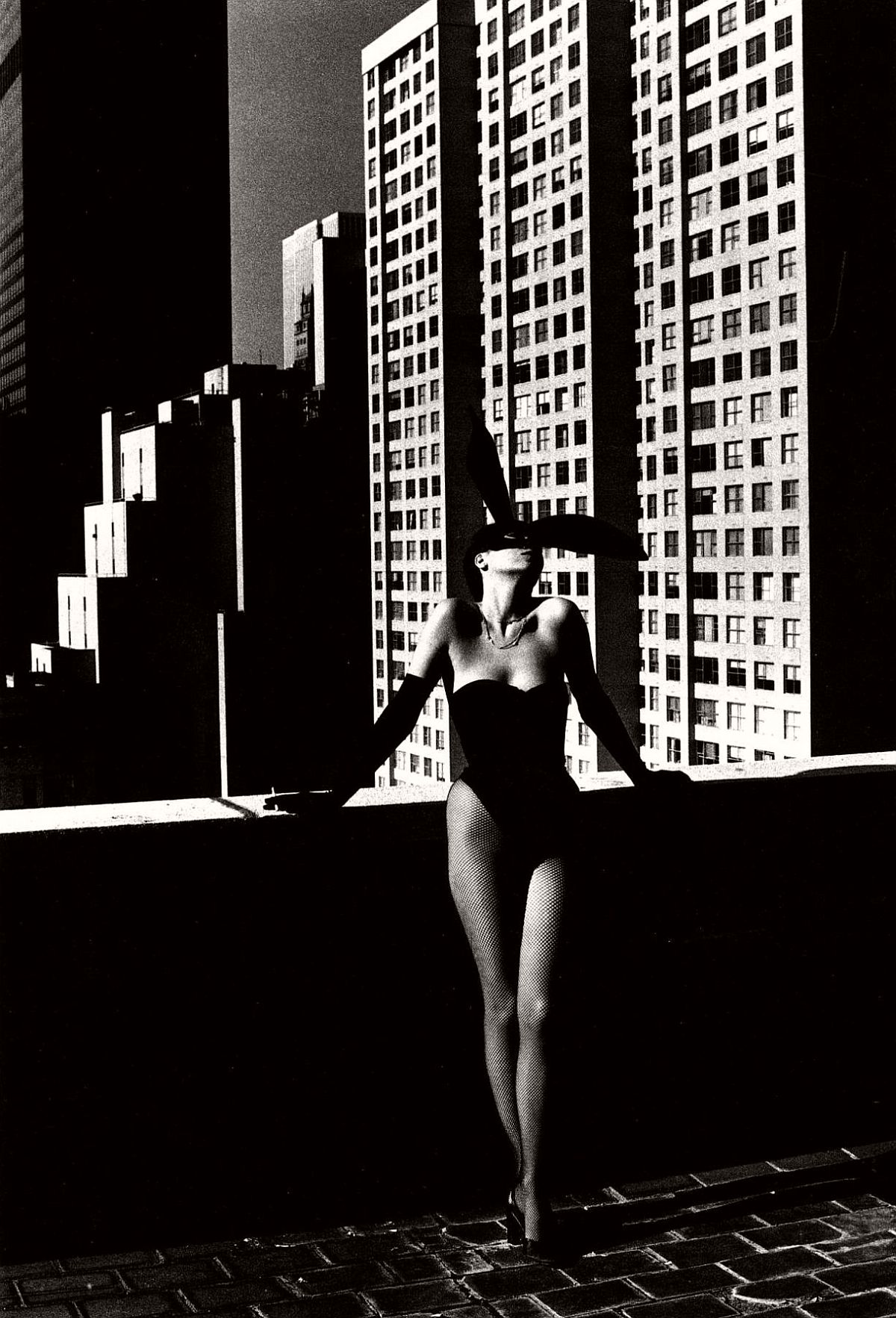
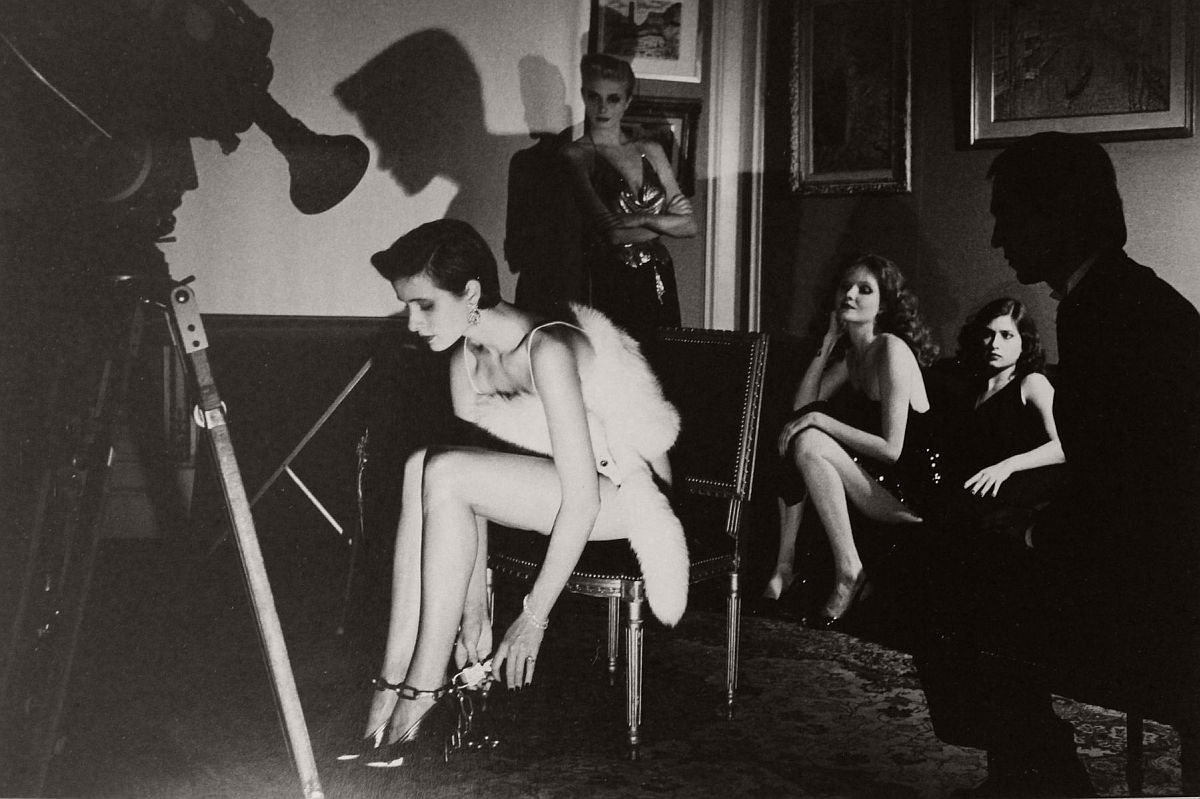
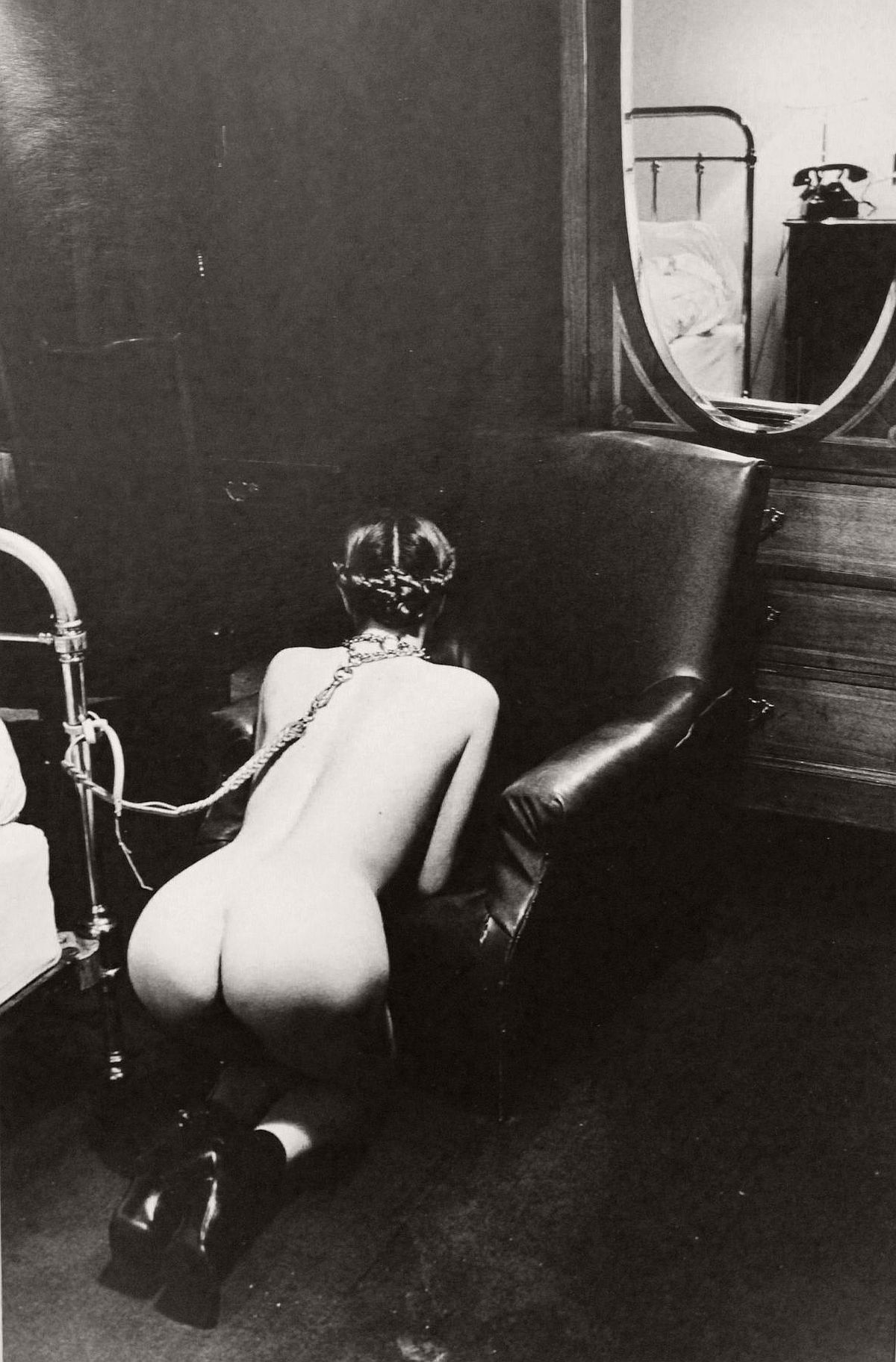
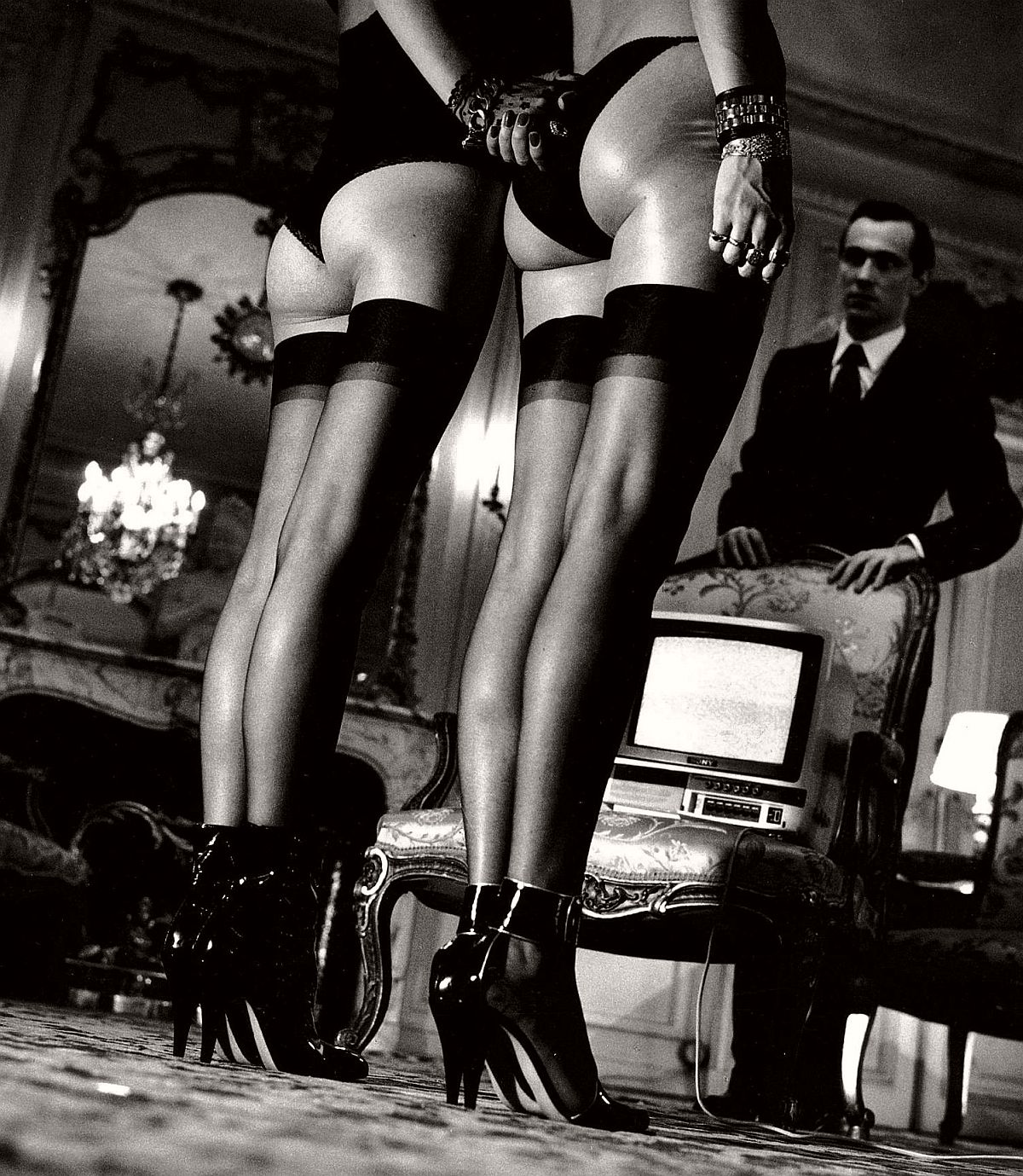


No comments:
Post a Comment